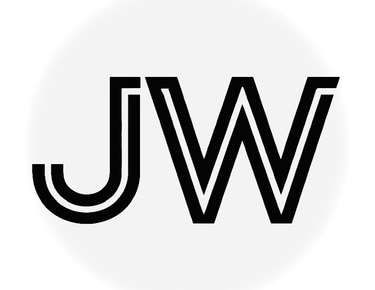Habitability
What Conditions Violate the Implied Warranty of Habitability
June Woo "Jay" Chung
7/14/20253 min read
What is a breach of the Implied Warranty of Habitability?
In California, tenants are legally entitled to a rental unit that is safe, sanitary, and fit for human occupation, a protection known as the "implied warranty of habitability." Landlords are legally obligated to maintain this standard, and a failure to do so can be considered a breach of the lease agreement, granting tenants specific legal remedies.
This warranty is "implied" because it exists in every rental agreement, whether it's written or oral, and cannot be waived by the tenant. The specific conditions that constitute a breach are outlined in California Civil Code § 1941.1 and further defined by court decisions.
Key Conditions That Breach the Implied Warranty of Habitability:
A rental unit is considered "uninhabitable" if it substantially lacks any of the following essential features:
Effective Waterproofing and Weather Protection: This includes a sound roof and exterior walls that do not leak, as well as unbroken windows and doors.
Functioning Plumbing and Gas Facilities: All plumbing and gas fixtures must be in good working order and conform to the laws in effect at the time of their installation. This includes a reliable supply of hot and cold running water.
Adequate Heating: The unit must have a heating system that was properly installed and is maintained in good working order.
Safe and Functional Electrical System: This includes all wiring and electrical equipment, which must be up to code and in safe operating condition.
Clean and Sanitary Building and Grounds: The landlord is responsible for keeping the building, common areas, and grounds free from accumulations of debris, filth, rubbish, garbage, rodents, and vermin at the time the tenant moves in and throughout the tenancy.
Adequate Trash Receptacles: The landlord must provide a sufficient number of trash cans in clean condition and good repair.
Structurally Sound Building: This includes floors, stairways, and railings, which must be maintained in good repair.
Working Locks: All main entry doors must have a functioning deadbolt lock, and all windows must have operable locks.
Common Examples of Breaches:
Beyond the general categories, courts have recognized a wide range of specific issues as breaches of the implied warranty of habitability. These include, but are not limited to:
Pest Infestations: This includes the presence of rodents, cockroaches, bedbugs, or other vermin.
Mold and Mildew: The presence of significant mold that could pose a health risk is a clear violation.
Lead-Based Paint Hazards: Peeling or deteriorating lead-based paint is a serious health concern, especially for children.
Lack of or Inoperable Smoke or Carbon Monoxide Detectors.
Sewer or Gas Leaks.
Persistent and Noxious Odors.
Major Cracks or Holes in Walls or Ceilings.
Lack of Natural Light and Ventilation.
Unsafe or Inadequate Common Areas: This could include broken steps, missing handrails, or poor lighting in hallways and stairwells.
Tenant's Responsibilities and Next Steps:
Before a tenant can claim a breach of the warranty of habitability, they must generally take the following steps:
Notify the Landlord: The tenant must inform the landlord of the defective condition, preferably in writing, and give them a reasonable amount of time to make the necessary repairs. What is considered "reasonable" depends on the severity of the problem.
Allow for Repairs: The landlord has the right to enter the unit to make the repairs after providing reasonable notice to the tenant.
If the landlord fails to address the issues in a timely manner, a tenant may have several legal options, including:
Withholding Rent: In some cases, tenants may be able to withhold a portion or all of their rent until the repairs are made. However, this is a risky strategy and should be approached with caution and legal guidance.
"Repair and Deduct": For certain repairs, a tenant may be able to pay for the repairs themselves and deduct the cost from their rent. There are specific legal requirements and limitations to this remedy.
Breaking the Lease: If the conditions are severe enough to render the unit uninhabitable, a tenant may be able to move out and terminate the lease without penalty.
Suing the Landlord: A tenant can sue the landlord for damages, including a retroactive reduction in rent for the period the unit was uninhabitable.
If you are experiencing any of the problems described above, please contact us today to schedule a free consultation.
#Habitability
#Tenant Rights
Contact
jay@jw-legal.com
JW Law Firm
27758 Santa Margarita Pkwy #7023
Mission Viejo, CA 92691
(949) 264-2955
Serving clients in Los Angeles, Orange County, San Diego, and throughout the State of California.
Disclaimer
The information provided on this website is for general informational purposes only and does not constitute legal advice. No one should act or refrain from acting on the basis of any content included in the site without seeking the appropriate legal or other professional advice on the particular facts and circumstances at issue from an attorney licensed in the recipient's state. The content of this website contains general information and may not reflect current legal developments, verdicts, or settlements.
